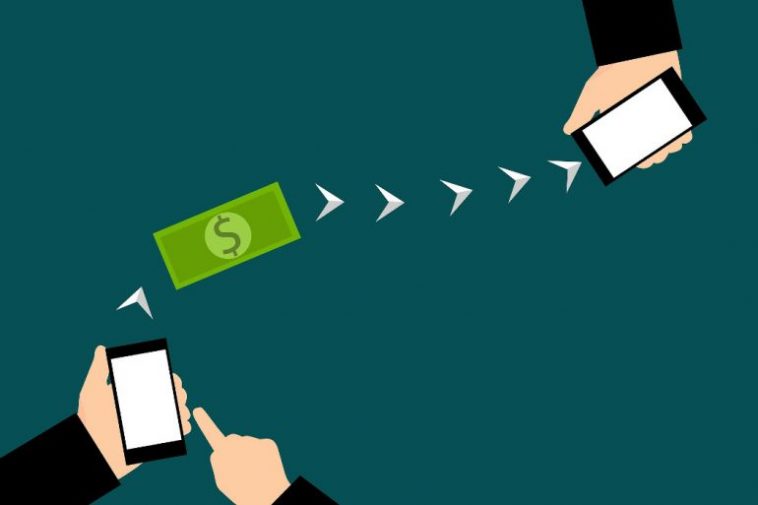Everyone enjoys getting payments on time. However, as a business owner working with a variety of clients, you might occasionally have to deal with customers that are late with their payments. Due to a cash shortage, you can end up having to take out more loans to cover your running costs. While this is a challenging scenario, you can manage it by putting procedures in place to stop late payments from happening in the first place.
Delays in payments can occur for a variety of reasons, from a customer simply forgetting the payment due date to insufficient funds in the client’s account. You can, however, take preventative measures to lessen the incidence of such payment delays and, to some extent, prevent them.
Continue reading to learn how to improve your chances of receiving payment on time!
Plan of prevention: how to stop late payments
Step 1: Have written terms and conditions available
Before sending an invoice, be open and honest with your client about your terms and conditions, payment plans (for instance, a 40% down payment up front and the remaining 60% upon completion), interest rates and late payment penalties, and any debt collection strategies you may use. Give this information in writing, and have the client sign it. It is simpler to complete this task online with digital signatures. Then, if they fail to make the payment, you can use the form they signed as evidence and use it to support any legal action you take.
Step 2: Verify again before closing a deal
If you’re thinking about giving your customers credit, first run a background check to learn more about their financial situation. Wait until you receive payment before shipping your goods if you have any doubts about their dependability. By re-examining your payment conditions and keeping an accurate AR aging report that includes the specifics of any late payments, you can also lower the likelihood of non-payment. So that you may decide whether you want to continue doing business with them, this will give you an idea of which clients routinely miss your payment deadlines.
Step 3: Effective communication
It’s best to submit bills as soon as the goods or services are delivered and to stay in constant communication with your client thereafter. As a manner of following up on the invoice, you can ask them for their opinion of the service or product. It’s always possible that you overlooked something in your invoice, so asking the customer if they received an invoice with the correct information can help you rule out any issues on your end and clarify that the client is responsible for the following step.
If you have a lot of clients that are late with their payments, you might need to get in touch with them more frequently. Once the customer receives your merchandise, get an acknowledgment of receipt or proof of delivery from them. This may be useful later if they assert that they haven’t received the merchandise or if you need to reclaim your debts in addition to urging them to pay.
Step 4: Facilitate payments and promote upfront payments
If at all feasible, bill your consumer upfront so you can get paid right away. Customers will be able to make payments more quickly if you offer a variety of payment choices, including debit and credit cards, online payment gateways, and offline payment methods. You can even ask for an advance payment from brand-new or one-time clients to secure the order (which also helps with cash flow). If you have a successful track record and appealing testimonials, getting an advance payment will be simpler because your clients are more likely to trust you. Additionally, you might entice customers with discounts or freebies to make early payments.
If your consumer can’t afford to pay you the entire amount right once, allowing installment-based payment plans can be useful. Set a price they can afford and a time frame for payment in your negotiations. Even if it will take a little longer, you will still receive a portion of your payment upfront and other sections every month (or by the payment arrangements you’ve established). This will improve your cash flow while making things easier for your clients. A win-win scenario exists!
Step 5: Automate payment reminders
It’s a smart idea to set up automated payment reminders so you don’t have to put in extra work to remind your clients when their payments are due. These can be set up in your online accounting system with a personalized schedule that can range from a payment reminder one week before the due date to a reminder after the due date that a payment is past due. The likelihood that your customer will remember to pay you on time increases when they are forewarned, hastening the money-collecting procedure.
Work 365 is billing and provisioning software for Microsoft partners to streamline recurring revenue and improve cloud business.




